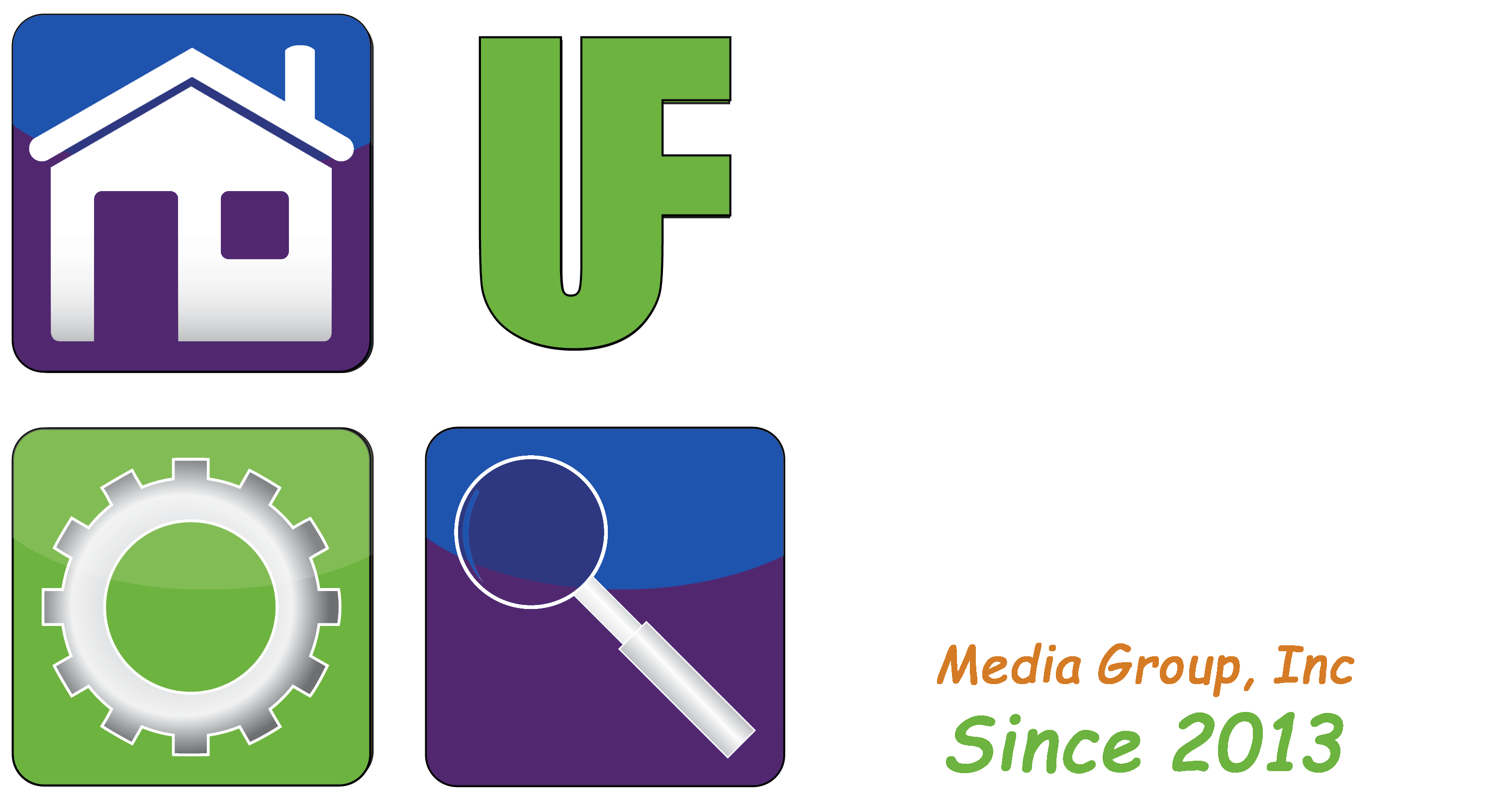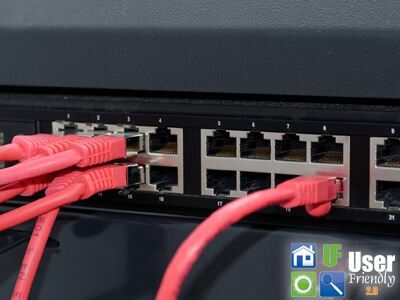By User Friendly 2.0
By: William Sikkens
Host, User Friendly 2.0 Saturday’s at 5:00 p.m.
Internet Service Providers
When we first started going online we used a modem to access the Internet. At that time there were services like America Online or Compuserve that provided their information and some “boxed” access to what would become the Internet. (That is they would give you what they wanted you to see and allow limited access to the actual Internet.)
When the World Wide Web was invented in 1991 these services expanded. In addition to the national service providers other companies started offering access.
As the Internet expanded and became more complex, using a dial up service became slow. “Always On” providers were introduced as DSL and Cable services. DSL worked with a landline phone to bring faster access. Cable services, provided by a cable company such as Comcast or Charter, allowed subscribers to add their Internet service easily.
The issue here is that in order to deliver this type of service an infrastructure was required. This usually limited providers to existing companies like the phone or cable companies locking out small businesses and creating a monopoly. Later smaller companies could provide DSL but still had to use the existing landline phone system from the local phone company.
Due to this fact prices went up. In what are being addressed today as “junk fees” companies started charging extra for everything from renting equipment to, in some cases, being able to talk to customer service. Most of these fees were not included in the promotions to sell pricing.
Today things are changing. Many markets have more than 2 providers. Services like Google Fiber are returning to the mainstream offering 5gb connections. In addition to landline Internet there is also viable wireless service. While this type of service has been around (satellite and mobile phone based), it has been known to be very expensive, slow, and with increasing lag time. Today’s 5G and satellite services are very different and in some cases can be faster than wired systems.
Finally, a new technology called NextGen TV can carry Internet content side by side with television channels. This is the first major upgrade to broadcast television since 2009. NextGen is being rolled out nationwide and may already be in your area. The way we have accessed the Internet has evolved over the years. Now, there are new technologies and the way you go online may be obsolete.
William (Bill) Sikkens has been an on-air technology expert since 2013. With an expertise in I.T., cyber security and software design he has had more than 20 years’ experience with advanced technology. Sikkens conceptualizes and designs custom applications for many professional industries from health care to banking and has the ability to explain the details in a way all can understand. Article edited by Gretchen Winkler, who along with Jeremy Winkler are the co-hosts of User Friendly 2.0 here on The Answer Saturdays at 5:00 p.m.
Links and brand/store information provided are for information only and are not endorsed by Salem Media Group, KPAM or the show’s hosts.
Got a technology question or comment for Bill? Follow him on Twitter @sikkensw


